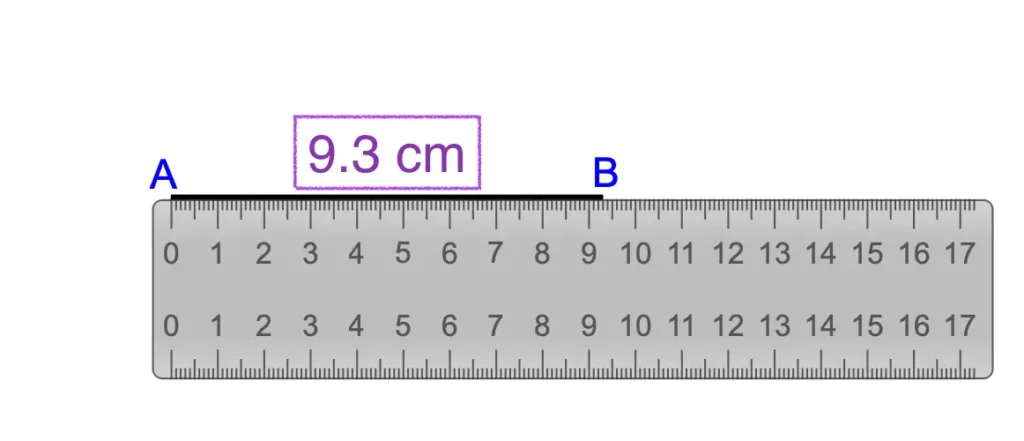
Exercise 1.4 NCERT Class 9 contains a total of five questions. The questions are based on the following topics.
- Operations on Real Numbers
- Rationalisation
Exercise 1.4 NCERT Class 9 Mathematics Solutions
The first question of Exercise 1.4 NCERT Class 9 asks to identify whether a number is rational or irrational.
1. Classify the following numbers as rational or irrational:
(i)
Answer
As we know that the difference of a rational number and an irrational number is an irrational number. So, is an irrational number .
(ii)
Answer
We have
= = 3. Clearly, 3 is a rational number.
Hence, is a rational number.
(iii)
Answer
We have
= . Clearly, is a rational number.
Hence, is a rational number.
(iv)
Answer
We have
= = is an irrational number as the quotient obtained by dividing an irrational number by a rational number is an irrational number.
(v)
Answer
is an irrational number. It is because is an irrational number.
The second question of Exercise 1.3 NCERT Class 9 asks to simplify the given surd expressions.
2. Simplify each of the following expressions:
(i)
Answer
We have
=
=
=
(ii)
Answer
We have
= ...
=
=
(iii)
Answer
We have
= ...
=
=
(iv)
Answer
We have
= ...
=
=
The third question of Exercise 1.4 NCERT Class 9 is about .
3. Recall, is defined as the ratio of the circumference (say c) to its diameter (say d). That is, . This seems to contradict the fact that is irrational. How will you resolve this contradiction?
Answer
There’s no contradiction. Remember, when you measure a length using a scale or any other device, you only obtain an approximate rational value. Consequently, you might not realize that either c or d is irrational.
One potential resolution to this dispute is to consider either the denominator or the numerator to be an irrational number. For instance, if the denominator is set to 2 cm and you attempt to measure the circumference of the circle, you will discover that it is an irrational number.
Analogously, if you assume the circumference is fixed at 4 centimeters and attempt to determine its diameter, you will discover that it is an irrational number.
The conclusion is that one of the values between circumference and diameter is inherently irrational.
The fourth question of Exercise 1.4 NCERT Class 9 is about the representation of a real number in square root on the number line.
4. Represent on the number line.
Answer
The steps to represent are as follows.
The fifth question of Exercise 1.4 NCERT Class 9 is about rationalisation of the denominator in fractions.
5. Rationalise the denominator of the following:
(i)
Answer
We multiply the numerator and denominator by to rationalise the denominator of .
= .
Rationalizing the denominator entails transforming the numerator or the expression within the denominator into a rational number.
(ii)
Answer
Rationalizing the denominator entails transforming the numerator or the expression within the denominator into a rational number.
WE have
Multiplying the numerator and denominator by , we get
= = =
(iii)
Answer
WE have
Multiplying the numerator and denominator by , we get
= = =
(iv)
Answer
WE have
Multiplying the numerator and denominator by , we get
= = =











